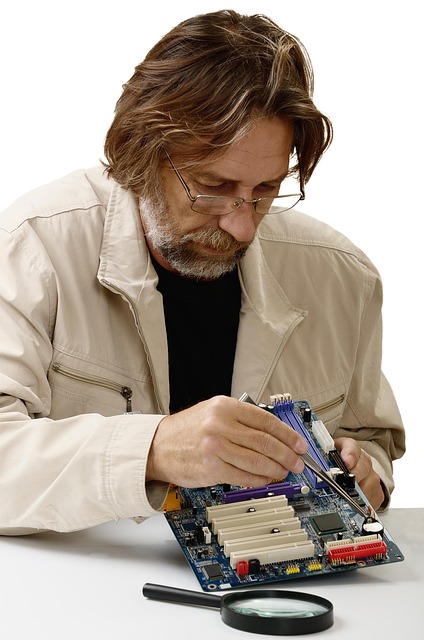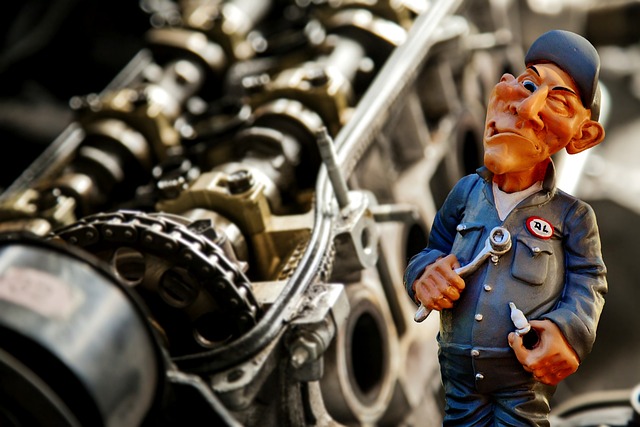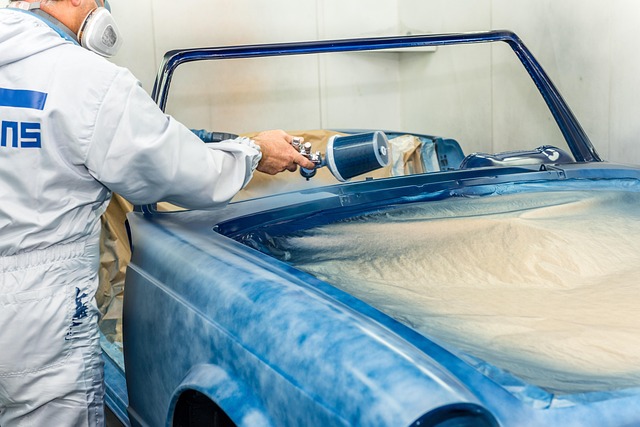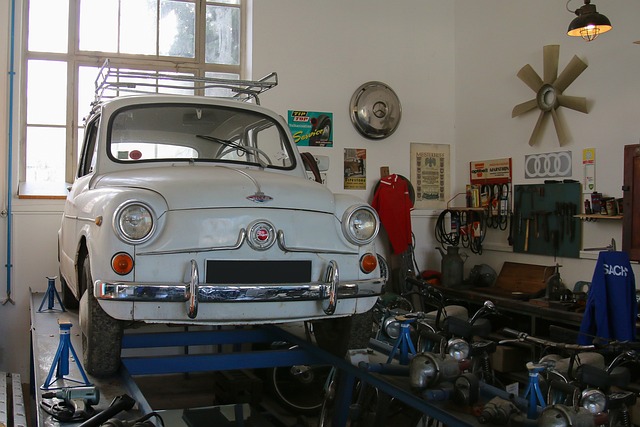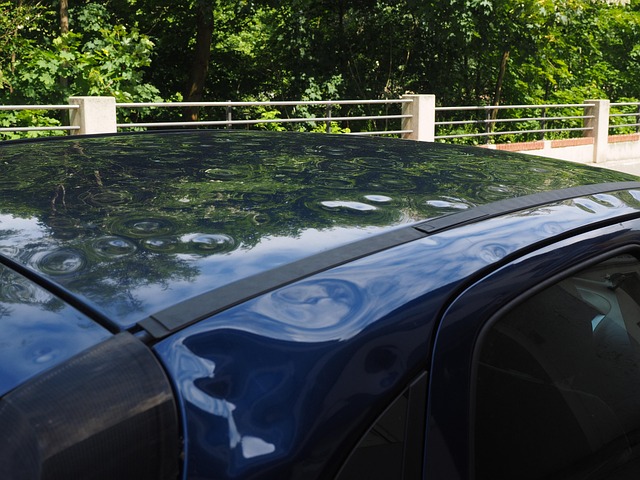A sustainable collision center goes beyond energy efficiency by embracing green materials, disposal methods, and operational practices. It uses recycled, non-toxic, biodegradable components like eco-friendly paints and adhesives to reduce VOCs, and implements recycling programs for metal scraps, plastics, and glass to prevent waste from reaching landfills. Operational streamlining through efficient lighting systems, advanced HVAC technologies, modern equipment, and automated paint mixing minimizes energy consumption and material waste, enhancing economic competitiveness. Staff training on green technologies and eco-friendly practices ensures informed decisions that reduce toxin release, promote safer working conditions, and foster a culture of sustainability.
In today’s eco-conscious world, transforming traditional collision centers into environmentally responsible hubs is not just a trend but a necessity. This article explores four key strategies for adopting sustainable practices within these facilities, thereby reducing the environmental impact associated with car repairs. From utilizing eco-friendly materials and disposal methods to streamlining operations for energy efficiency, these approaches define a new era of green collision centers.
- Embracing Eco-Friendly Materials and Disposal Methods
- Streamlining Operations for Reduced Energy Consumption
- Training and Educating Staff on Sustainable Practices
Embracing Eco-Friendly Materials and Disposal Methods

At sustainable collision centers, the commitment to eco-friendly practices extends beyond energy efficiency. Embracing green materials and disposal methods is a key component in reducing the environmental impact of vehicle repair services. By opting for recycled, non-toxic, and biodegradable components, these centers can significantly minimize the release of harmful toxins associated with traditional car repair services. For instance, using eco-friendly paints and adhesives reduces volatile organic compounds (VOCs), contributing to cleaner air quality both within the facility and in the surrounding community.
Moreover, proper disposal methods play a crucial role. Sustainable collision centers implement strategies like recycling metal scraps, plastics, and glass, ensuring that materials from damaged vehicles are not sent to landfills. This approach not only conserves natural resources but also prevents the leaching of toxic substances into soil and water bodies, commonly associated with conventional waste management practices in vehicle repair services.
Streamlining Operations for Reduced Energy Consumption

At a sustainable collision center, streamlining operations is a key strategy to reduce energy consumption and minimize environmental impact. By optimizing processes, these centers can cut down on unnecessary energy usage, leading to significant savings in both cost and carbon emissions. For instance, implementing efficient lighting systems that automatically adjust based on natural light availability can drastically lower electricity bills. Additionally, adopting advanced heating, ventilation, and air conditioning (HVAC) technologies ensures a comfortable working environment without excessive energy waste.
Efficiency also extends to the shop floor, where modern equipment designed for faster and more precise car dent repair or bumper repair can reduce downtime. Automated systems for tasks like paint mixing and application not only enhance productivity but also limit material wastage, as they deliver exact measurements for each unique car bodywork scenario. These innovations contribute to a greener workplace while offering economic benefits that make sustainable collision centers increasingly competitive in the industry.
Training and Educating Staff on Sustainable Practices

At a sustainable collision center, staff training is paramount to ensure every team member understands and adopts eco-friendly practices. By educating employees on the latest green technologies and techniques for vehicle paint repair and car body shop operations, centers can minimize their environmental footprint. This includes learning about the proper disposal of toxic materials, the use of non-hazardous cleaning agents, and energy-efficient equipment.
Such training empowers staff to make informed decisions that reduce the release of harmful toxins during bodywork processes. It fosters a culture where every individual takes responsibility for sustainable practices, ultimately contributing to healthier ecosystems and safer working conditions in the car body shop setting.
A sustainable collision center isn’t just about fixing cars; it’s about minimizing the environmental impact at every turn. By embracing eco-friendly materials, optimizing operations for reduced energy consumption, and training staff on best practices, these centers can significantly cut down on repair toxins and contribute to a greener future. Adopting these strategies not only benefits the planet but also enhances their reputation as responsible stewards of resources, setting a new standard for the industry.

